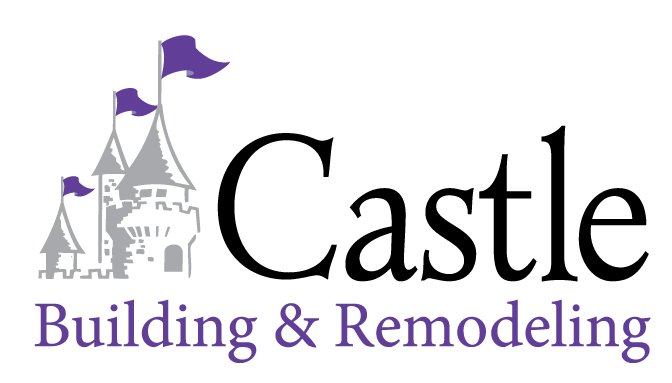Hello Castle Friends!
We hope your August is shaping out to be all you had hoped. How many of you have plans to go to the State Fair and Renaissance Festival in the coming weeks before we say goodbye to this shorter than usual Minnesota summer? While Castle may not be serving up anything on a stick today we do have a little more from Designer of the Month, Cheri Saari! This month she is highlighting the process of designing one of her favorite spaces located on the St. Croix river.
Take it away Cheri…
My first impression of the space was that I felt like I was in a tree house. Being there was oddly comforting and peaceful. I had a sudden flash back to when I was a kid and I would climb the tree in our backyard to escape my older brothers. The deck of the house protruded over the embankment. The view was breathtaking. You could see the river below and sometimes eagles flying above. I couldn’t help but go to the edge of the deck and spit, just to see how long it took for my spit to hit the ground. Being so high above ground was exhilarating. This instantly became my design concept—and design dilemma: How do I make the space simultaneously calming and exciting. I thought about how to execute that concept for quite a while. With any problem, in order to solve it, one needs to break it down and analyze the intentions and strategies.
In design, the intentions are the why. They are the concept, or the character, of the space. That is, how do you want people to feel when they’re in the space? A church, for example, has a much different design concept than a dentist office. The strategies are the how. More accurately, they are the principles and elements of design. For designers, the P&E as they’re known are our tools to manipulate and mold in order to achieve a concept. If you were to think of writers, we all know they use vocabulary and sentence structure to write their stories. For designers, the elements are the vocabulary, the principles are the sentences, and the concept is the story. Together, the intentions and strategies create a map that leads the designer throughout the process.
Design Process Phase I: Concept, principles, and elements
The overall character of the space was relatively easy to define. The concept, however, was not complete. I needed to expand on the two-word description. For example, what will the degree of formality be? Will it be casual or formal, or will it be somewhere in between? What will the relative history be? Will it be traditional or contemporary, or will it be somewhere in between? After I had a clear vision of the concept of the space (the intentions), I needed to define the P&E (the strategies).
Calming + Exciting
Principles
- Proportion and scale—similar, consistent (soothing, relaxing) + grand (energizing, stirring)
- Rhythm—gradual + repetitive
- Emphasis—understated + accentuated
- Balance—symmetrical + asymmetrical
- Unity and variety—consistent, complete + distinct
Elements
- Space—organized, distinct + open
- Line—straight, horizontal, uniform + graceful, dynamic, curvy
- Shape and form—geometric, pure, simple, solid + varied, dominant
- Texture—smooth, even + crisp
- Pattern—expected, uncomplicated + intricate, detailed
- Color and light—limited, warm + vivid, bright, contrasting value
Design Process Phase II: Preliminary design and design development
Once the concept was defined, I started schematic design. In this phase, I give clients a good overview of what’s possible in their kitchens and in their space. I look at it from strictly a function point of view. Since I love to cook, I imagine how I would cook in the kitchen and use the space. It’s up to the clients to tell me how they would actually use the space. Typically, people like certain areas of the different plans I present. I incorporate all of their wants and needs into a final plan, as well as tying it in with the concept developed in the first phase. It’s also up to me to keep clients focused. Good design is finding the balance between prioritizing and compromising. On top of it all, I need to address budget. It doesn’t matter how great a design is, if it’s over budget it won’t come to fruition.
For this project, I came up with three different preliminary designs. Even though I didn’t particularly like Schematics 1 and 2 because they didn’t capitalize on the view of the river, I still gave them as an option because I’m not the one living there. I needed to show my clients what happens to the space with the kitchen at the front of the house.
Stay tuned as we touch base with Cheri again later to see which schematic comes to life in this beautiful St. Croix and the beautiful after images!
In the meantime if you have a question for our designers, project managers or field guys, email hannah@castlebri.com and she will post the answers on Facebook on Tuesdays!!




